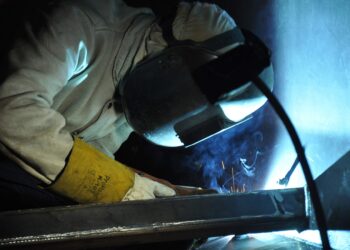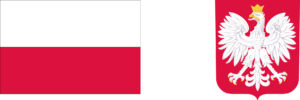Lithuania’s defence policy has undergone a profound transformation in recent years, marking a decisive pivot towards the West. This strategic reorientation reflects Lithuania’s broader geopolitical aspirations and concerns, particularly in response to the evolving security landscape in Eastern Europe and the Baltic region.
Since regaining independence from the Soviet Union in 1990, Lithuania has steadily moved towards integrating with Western political and defence structures. A pivotal moment in this journey was Lithuania’s accession to NATO in 2004, followed by its integration into the European Union. These steps were not merely symbolic; they represented a fundamental shift in Lithuania’s defence posture and foreign policy orientation.
Central to Lithuania’s defence policy overhaul has been the modernization of its armed forces. The Lithuanian military, once structured according to Soviet doctrines and equipment, has been undergoing extensive modernization to align with NATO standards. This includes upgrading its military hardware, improving command and control systems, and enhancing cyber defence capabilities. For instance, the acquisition of the German-made Boxer Infantry Fighting Vehicles significantly boosted Lithuania’s armoured capabilities, a clear departure from its reliance on outdated Soviet-era equipment.
Lithuania’s defence strategy has also focused on increasing defence spending. In response to the changing security environment in the region, particularly following Russia’s annexation of Crimea in 2014, Lithuania has significantly raised its defence budget. This move is in line with NATO’s defence spending guidelines and reflects Lithuania’s commitment to contributing to collective regional security.
Another key aspect of Lithuania’s defence policy has been strengthening its military cooperation with other NATO members. Joint military exercises, such as the annual multinational exercise Iron Wolf, are a testament to this enhanced cooperation. These exercises not only bolster Lithuania’s defence capabilities but also reinforce NATO’s presence and commitment to the Baltic region’s security.
Lithuania has also been proactive in bolstering regional defence collaborations. Initiatives like the Baltic Defence Cooperation, involving Estonia, Latvia, and Lithuania, focus on enhancing military coordination and interoperability among the Baltic States. Such regional collaborations are crucial in the context of collective defence against potential threats.
In addition to conventional military capabilities, Lithuania is placing a strong emphasis on cyber defence. Recognizing the evolving nature of modern warfare, the Lithuanian government has established the National Cyber Security Centre, focusing on protecting critical national infrastructure from cyber threats.
However, Lithuania’s defence overhaul is not without challenges. Balancing the significant financial investment required for military modernization with other national priorities is a continuous challenge. Moreover, ensuring a sustainable growth in defence capabilities, including developing a skilled military workforce, remains a critical task.
Lithuania’s pivot to the West in its defence policy is a strategic response to the current security environment. It underscores the country’s commitment to aligning with Western defence standards and contributing to the collective security of the NATO alliance. As Lithuania continues to strengthen its defence capabilities and deepen its integration with Western defence structures, it solidifies its role as a key player in ensuring stability and security in the Baltic region and beyond.






